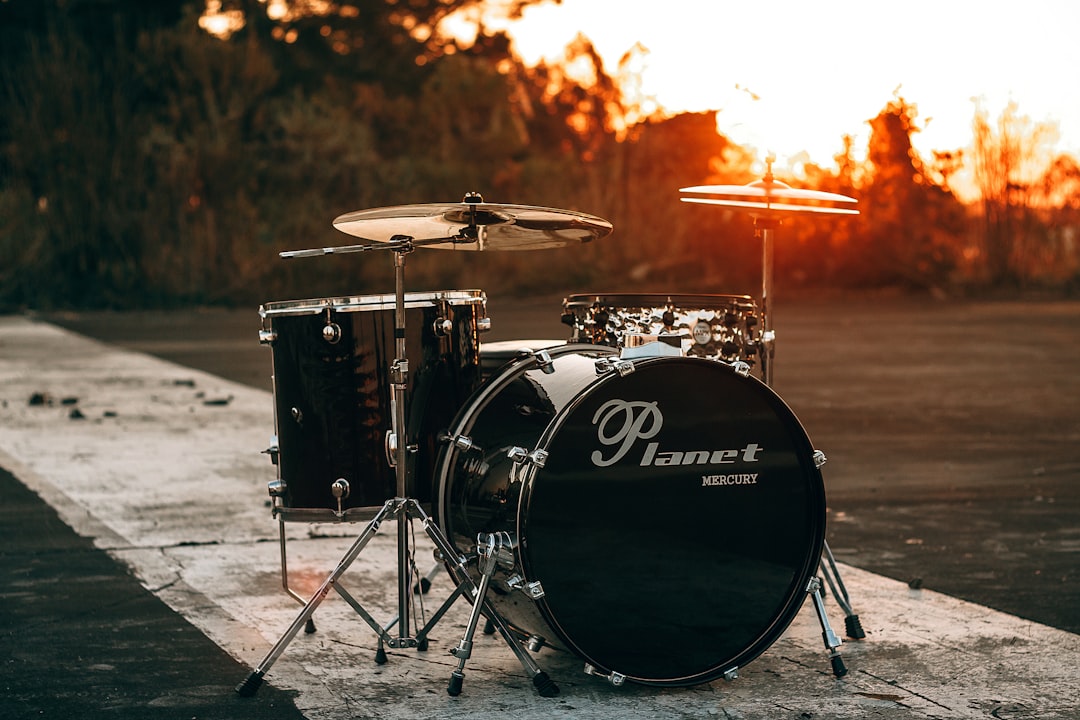
Drum enclosures, also known as drum shields or drum screens, play a crucial role in live music and recording settings. They are used to control the sound of drum kits, providing benefits in terms of sound quality, stage volume management, and overall performance. Here is everything you need to know about drum enclosures:
1. What is a Drum Enclosure?
A drum enclosure is a transparent or semi-transparent barrier that surrounds a drum kit, providing a physical separation between the drummer and the rest of the band or the audience. It is typically made of clear acrylic or plexiglass panels, allowing the drummer to be seen while controlling the sound produced by the drums.
2. Sound Control:
The primary purpose of a drum enclosure is to control the sound of the drums. It helps reduce stage volume, preventing drum sounds from overwhelming other instruments and vocals, and it contributes to a clearer mix.
3. Drummer Hearing Protection:
Drum enclosures protect the drummer’s hearing by deflecting the sound away from them. Prolonged exposure to loud drum sounds without hearing protection can lead to hearing damage, making enclosures essential for the drummer’s safety.
4. Better Mix Quality:
By reducing drum volume spillage into other microphones, drum enclosures help sound engineers achieve a cleaner and more balanced mix. This is particularly important in live performances and recording sessions.
5. Versatility:
Drum enclosures are versatile and can be used in various musical settings, including live concerts, worship services, recording studios, and practice spaces.
6. Customization:
Drum enclosures are often customizable, allowing drummers to adjust the size and shape of the enclosure to fit their specific drum kit and stage setup.
7. Material and Design:
Drum enclosures are typically made from acrylic or plexiglass panels, which offer transparency while effectively containing sound. The panels can be arranged in different configurations, such as a full wrap-around enclosure or a more open “shield” style.
8. Mobility:
Many drum enclosures are designed for easy mobility. They consist of panels that can be assembled and disassembled quickly, making them convenient for gigging drummers.
9. Visual Connection:
While the primary function is to control sound, drum enclosures still allow the audience and band members to maintain a visual connection with the drummer. This is particularly important in live performances where stage presence is valued.
10. Acoustic Foam and Treatment:
– Some drum enclosures feature built-in acoustic foam or treatment to further reduce sound reflection and absorption. This enhances sound control within the enclosure.
11. Proper Setup:
– Effective sound control requires proper setup of the drum enclosure. This involves positioning the panels to minimize sound leakage, considering mic placement, and coordinating with the sound engineer for optimal results.
12. Maintenance:
– Regular maintenance is necessary to keep the enclosure clean and transparent. Cleaning the panels with non-abrasive materials and avoiding harsh chemicals is essential for long-term visibility.
13. Availability:
– Drum enclosures are available in various sizes and configurations, making it possible to find one that suits different drum kit sizes and stage setups.
In summary, a drum enclosure is a valuable tool for controlling sound and managing stage volume when using a drum kit in live performances and recording environments. It offers benefits in terms of sound quality, hearing protection, and overall performance, and it is an essential piece of equipment for drummers and sound engineers alike. Proper setup and maintenance are key to ensuring the best results from a drum enclosure.